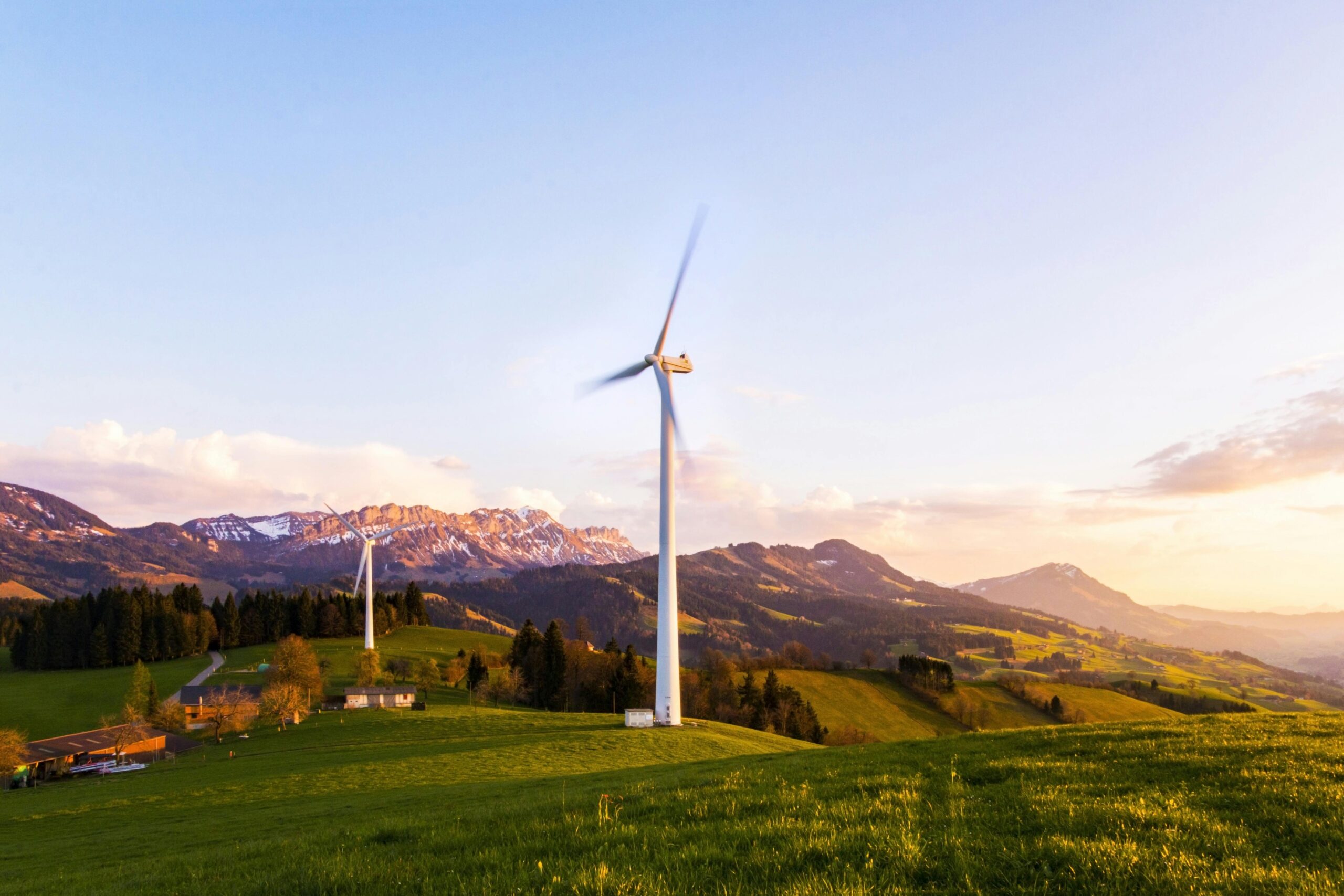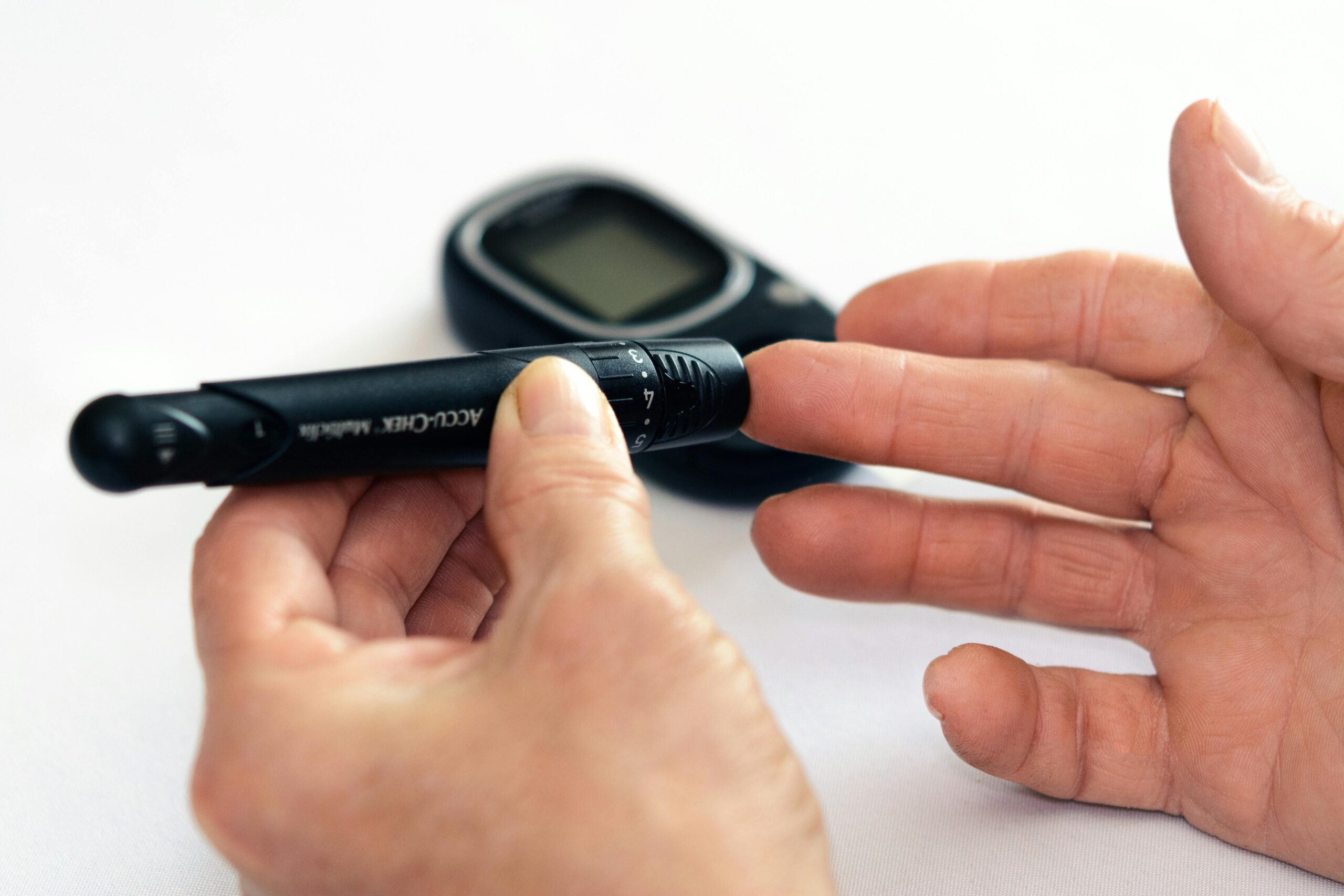Green energy is one of the fastest-growing technology sectors. From solar panels to advanced wind turbines, innovators are creating cleaner ways to produce and store power. Securing patent protection for these technologies helps companies safeguard their market share and attract investment.
What Counts as a Green Energy Invention
Green energy patents can cover a wide range of technologies. Examples include improved solar cell designs, wind turbine components, biofuel production systems, hydroelectric devices, and energy storage solutions. Any invention that provides a measurable environmental benefit can qualify, provided it meets patentability requirements.
Patentability Requirements for Green Energy Technology
To receive a patent, a green energy invention must be:
- Novel: New compared to prior art.
- Non-obvious: A significant advancement over existing solutions.
- Useful: Capable of providing a real and measurable benefit.
Because the field is competitive, early filing is important to establish priority and prevent competitors from claiming similar ideas.
Drafting Strong Patents in a Rapidly Changing Field
Green energy technologies often combine mechanical, electrical, and chemical elements. A strong patent application should claim both the system as a whole and its critical components.
Including multiple claim types can help. Method claims can protect unique ways of generating or storing power. System claims can protect structural configurations. Composition claims can protect new materials or chemical formulations.
Special Challenges in Green Energy Patents
The fast pace of innovation means prior art searches are critical. New publications appear constantly, and competitors may file overlapping applications. Detailed searches can help define claim scope and avoid rejection.
In addition, many green energy inventions must integrate with existing infrastructure. Claims should address compatibility without limiting the invention’s broader applications.
International Considerations
Green energy is a global market. Innovators often seek protection in multiple countries. Filing under the Patent Cooperation Treaty (PCT) can give applicants more time to decide where to pursue patents.
However, each country has its own patent standards and timelines. Coordinating a global strategy early helps prevent loss of rights.
Enforcement and Licensing Opportunities
Strong patents can support partnerships with manufacturers, government agencies, and investors. Licensing agreements can expand market reach while generating revenue. Enforcement actions may be necessary to stop unauthorized manufacturing or importation.
Practical Steps for Green Energy Inventors
To strengthen a green energy patent application:
- Keep thorough development records.
- Conduct professional prior art searches.
- Include detailed technical drawings and data.
- Cover both core technology and potential future improvements.
- Plan for both domestic and international filings.
Conclusion
Green energy innovators face a competitive and fast-moving market. A well-drafted patent can secure technology rights, improve licensing prospects, and support long-term growth.
Twisdale Law, PC works with green energy inventors to protect their breakthroughs and create patent strategies that support commercial success.
Table of content
- What Counts as a Green Energy Invention
- Patentability Requirements for Green Energy Technology
- Drafting Strong Patents in a Rapidly Changing Field
- Special Challenges in Green Energy Patents
- International Considerations
- Enforcement and Licensing Opportunities
- Practical Steps for Green Energy Inventors
- Conclusion








